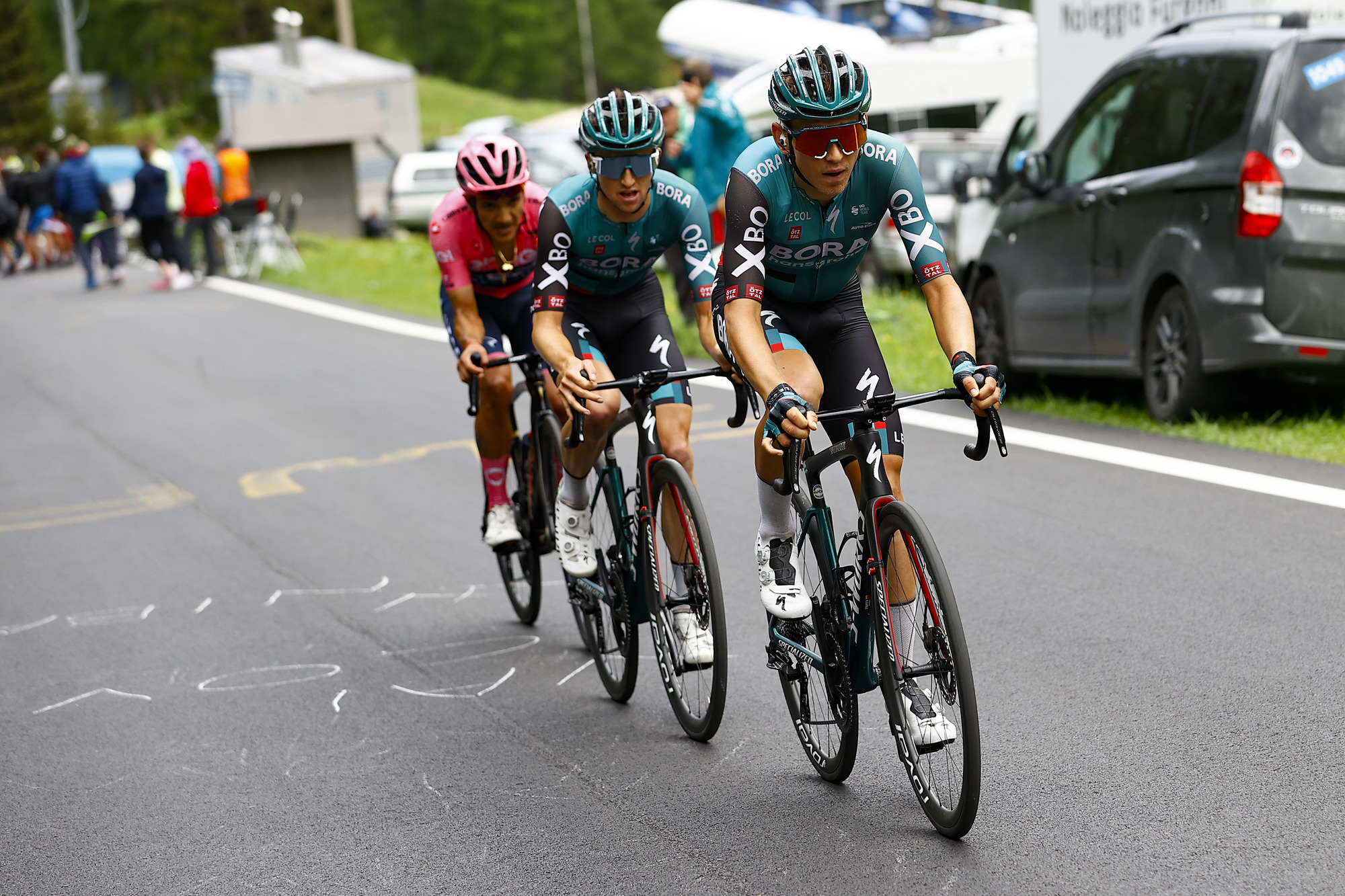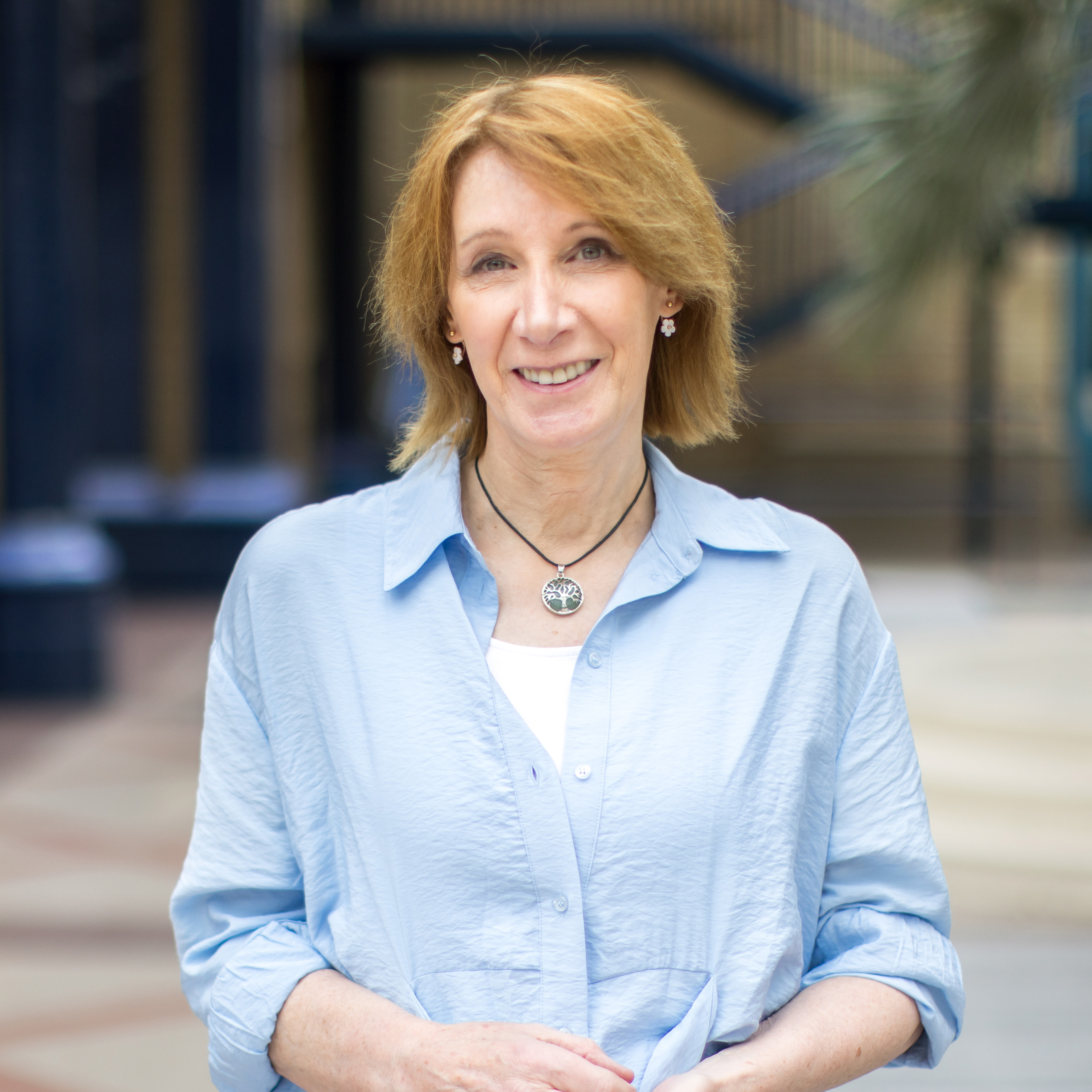Philippa York analysis: Did Carapaz fail to seize his chance?
Our expert analyst wonders whether Carapaz could have done more when on top in the early climbing stages

As far as the general classification fight was concerned, the first two weeks of the 105th Giro d’Italia had one name that stood out: Richard Carapaz.
From the opening stage onwards he was the only pre-race favourite that was constantly up front when he had to be. Others came and went but the Ineos Grenadiers leader was always amongst the strongest.
Even when Jai Hindley won atop Blockhaus on stage 9, he had been subject to the pace set by the Ecuadorian, rather than the other way around. He had even been dropped for a while. And yet, Carapaz got mugged on the last road stage.
At first, it seemed to me that the tactical complexion of this year’s GC battle resembled that of two years ago when Tao Geoghegan Hart came back from the dead after struggling in the opening stages. That year, his rivals had made an error by not distancing him more when he was dropped on the Mount Etna stage. But then again, Tao Geoghegan Hart wasn’t considered a major threat - so why would they have?
This year, the only moment Carapaz dropped Hindley for any length of time was on Blockhaus but it was only for two kilometres and it wasn’t enough of a gap to stop him from coming back when the three strongest of that moment - Carapaz, Romain Bardet and Mikel Landa - hesitated before the dash to the line. Before that day, the Australian had been part of the front group on the hills, but he wasn’t prominent or looking exceptional.
When I looked for clues in form progression between the top two, it's quite telling to see that, of the stages that included climbing, Carapaz finished in front of Hindley the majority of the time. Up until the beginning of the final week, the scores were definitely in favour of Ineos.
Of the seven mountainous or hilly days, Carapaz preceded Hindley five times. Only on the Blockhaus sprint, and again on stage 14 where Simon Yates triumphed in Turin, did the climb fall in the favour of the Australian. Maybe that’s why I had the feeling that Carapaz didn’t do enough to get rid of him when he might have seized the chance.
Get The Leadout Newsletter
The latest race content, interviews, features, reviews and expert buying guides, direct to your inbox!
Maybe we were all too focused on Bardet and Landa, who certainly looked capable of winning as the high mountains of the third week loomed. And yet, with the days counting down, suddenly Jai Hindley appeared much more comfortable than Richard Carapaz when the road rose up.
Differences at the top level are small, however. Observing with my climbing specialist hat on, in the last mountain stages it was apparent that the aggression and the energy expenditure of Richard Carapaz was beginning to have an effect. He was less settled on his bike than he had been. Conversely, Hindley had become more fluid in his pedalling compared to earlier in the race. He frequently used a smaller gear than the Ineos rider for the same effort, which indicated that he wasn’t quite at his maximum yet.

Would he have distanced Carapaz without the help of Lennard Kämna? We’ll never know.
Maybe Hindley wouldn’t have taken quite so much time and only distanced the maglia rosa in the final sprint but Kämna and Carapaz have a bit of history - namely stage 16 of the 2020 Tour de France and the climb to Villard-de-Lans when the young German countered a move from Carapaz and won that stage convincingly. Remember, Kämna had already won on Etna when the Giro d'Italia returned to the Italian mainland, so he had the speed to hurt people. The acceleration he provided on the Passo Fedaia cracked the race leader and allowed his Bora-Hansgrohe teammate to ultimately seal the overall victory.
Tactically, Bora outsmarted Ineos in the final week, not that the British squad had done anything wrong up until then. They protected Carapaz, took bonuses when they could, and rode to their strengths of controlling the race when they had to. They were doing just enough to keep Carapaz positioned and ready to use his aggression.
However, losing Richie Porte was a blow and the pressure of holding the pink jersey seemed to catch up with them. They tried saving Pavel Sivakov for the role that Porte would have assumed but he isn’t quite there yet. Bora, who had been able to sit back most of the race, who observed and waited to play their cards, came into the last days with fresher legs.
If Bardet and Simon Yates had remained in the race then things would certainly have been different and probably more suited to how Carapaz likes to race, with bolder moves from a distance and lots of aggression. As it came down to those last days, the rider with the most reserves was likely to win. That was Hindley, who had managed his race in hopes the third week would be his best.
And it was.
The best of the rest
I was slightly disappointed with how Landa finished the race after he showed so much promise and strength in the second week. He looked likely to be the strongest climber heading towards the big mountains but it didn’t happen, even with the support of a Bahrain team dedicated to his cause. The days they took control of the race promised fireworks but then the Spaniard just didn’t have the sparkle to drop his rivals.
Ultimately, the route didn’t include enough high mountains for his steady-state climbing style. And his time trialling needs much more work.
João Almeida could have made the podium, though he wasn’t as good as he was when he led the Giro in 2020. As for Simon Yates, two stage wins won’t be compensation when he came to the race with the aim of winning the overall. His time trialling has reached a level where the other GC riders have to be scared given he can climb with the best of them. Definitely a case of what might have been.
In a somewhat stale year in places, the standout moments of the race were Biniam Girmay, Jan Hirt and Intermarché-Wanty Gobert impressing. It was no surprise that Alpecin-Fenix added to the Mathieu Van der Poel show with Stefano Oldani and Dries De Bondt winning their stages. Nor was it that Lotto Soudal's Thomas de Gendt ground everyone to a pulp on the Naples circuit.
Arnaud Démare resumed his love of Italian races by dominating the sprint stages and Trek-Segafredo have a new hope to cultivate in Juan Pedro López. Things weren’t looking good for Italian prospects after the opening week so it was nice to see the home nation take four stage wins and Vincenzo Nibali be involved in the GC, fighting for his last Giro.
Generally, it was a Giro d’Italia that had two very distinct paths to how it was raced, the GC conservatively and the breakaway fights with a much more entertaining dynamic. There wasn’t much interaction between the two camps. Whereas some years see classifications like the mountain jersey contested by GC riders, this year Koen Bouwman won that by going in the escapes. It’s not a criticism, as the other Grand Tours have developed in the same manner, but the format for a few of the classifications probably needs to be refreshed to generate a slightly wider level of interest.
It wasn’t the most spectacular Giro that we’ve seen in recent years, but Bora-Hansgrohe and Jai Hindley won’t care about that. For them, it was mission accomplished.
Philippa York is a long-standing Cyclingnews contributor, providing expert racing analysis. As one of the early British racers to take the plunge and relocate to France with the famed ACBB club in the 1980's, she was the inspiration for a generation of racing cyclists – and cycling fans – from the UK.
The Glaswegian gained a contract with Peugeot in 1980, making her Tour de France debut in 1983 and taking a solo win in Bagnères-de-Luchon in the Pyrenees, the mountain range which would prove a happy hunting ground throughout her Tour career.
The following year's race would prove to be one of her finest seasons, becoming the first rider from the UK to win the polka dot jersey at the Tour, whilst also becoming Britain's highest-ever placed GC finisher with 4th spot.
She finished runner-up at the Vuelta a España in 1985 and 1986, to Pedro Delgado and Álvaro Pino respectively, and at the Giro d'Italia in 1987. Stage race victories include the Volta a Catalunya (1985), Tour of Britain (1989) and Critérium du Dauphiné Libéré (1990). York retired from professional cycling as reigning British champion following the collapse of Le Groupement in 1995.
